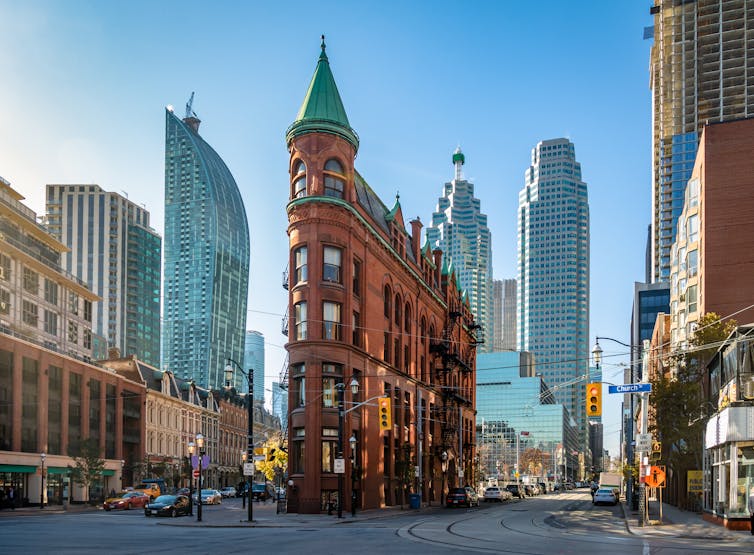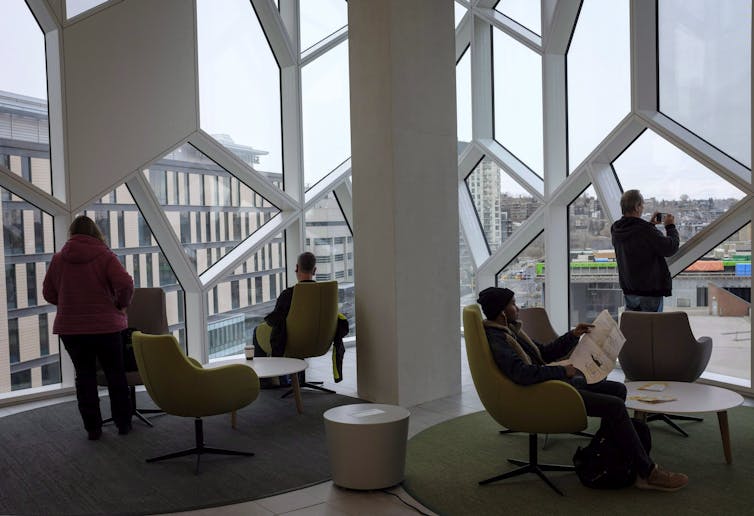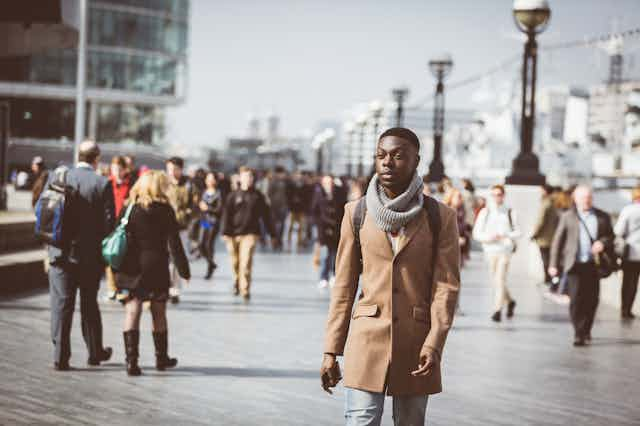Over time, every city develops its own distinct identity, a collectively shared city character or ethos. Cities provide meaning to the lives of its residents: they shape and are shaped by their inhabitants.
Cities also provide physical and social environments for human interactions. This city character is easily recognized by its locals, yet how do newcomers — especially migrants — learn about the city that is to become their new home? What happens when this discovery process is interrupted by new pandemic response rules governing public urban life?
Learning the city
For newcomers looking to re-establish lives and careers, adjusting to a new urban environment can be overwhelming. Migrants seeking to permanently settle in the city may experience some disorientation or discontinuity as they navigate the local city. To gain comfort and feel safe and secure in the new city, migrants must acquire “city know-how”; that is, they establish new spatial and social connections and create new meanings.
While adapting to the new city may not be an easy task, cities with large immigrant populations, like Toronto or Vancouver, provide good examples of successful migrant infrastructure. These include social services and settlement resources that are meant to ease adaptation and integration.
Some cities have even designated themselves as sanctuary cities or safe cities by adopting formal policies that allow everyone — even undocumented migrants — access to city services.

Cities are meant to do much more than just meet the basic needs of their inhabitants. That is, we not only functionally bond to its artifacts — both concrete and abstract city resources and objects such as houses, parks, public spaces, work and social opportunities — but these city artifacts also allow us to build emotional attachments and influence our sense of belonging.
Integrating into the city
In a recent study of skilled migrant resilience, we explored the important role that specific city artifacts can have in migrant integration journeys.
Migrants initially sought to gain intimate knowledge of their new urban environments by familiarizing themselves and discovering connectedness with the social and external realities of the city. Their connection with the city was based on evaluating and comparing experiences of their new cities to memories they had of cities they had previously lived in.
Thus, as migrants explore the new city, they seek to create new relationships and assign new meanings and “identities” to those objects they encounter locally. For example, certain city elements such as corporate headquarters located among the high city skyscrapers, traditionally seen as symbols of power and influence, may be associated with better career opportunities for newcomers.
Identifying resources
In the same way, libraries, local business offices or newspapers may be identified as sources of human and social capital and offer potential employment information.
As migrants explore their new urban context, they are engaged in constant comparisons between their home and host city, and experiences in other cities serve as guiding principles for their experiences in new urban environments. Learning this new city know-how becomes a matter of great relevance and urgency for the newly arrived, especially in the context of seeking to re-establish productive work lives.
Interacting with the city artifacts, sometimes familiar and other times completely new and unique, facilitates learning and collaboration of different groups in the city. Our connection to the city is therefore much broader than just allowing us to conduct daily duties.

Contributing artifacts
Over time, as migrants interact with the new city, they start using its resources and creating social connections, helping them to achieve a degree of familiarity with the arrival city and establish a sense of belonging.
In creating new attachments to the local city, migrants are found to not only explore and interact with local artifacts, but many migrants are inspired to create new artifacts. This is one of most important and unique activities of migrants: creating new urban artifacts such as directories, guides, unique educational programs, new policies or not-for-profit organizations’ activities. Many of these are geared towards easing integration of other migrants, but they also increase connectedness and interaction for all city inhabitants. From being somewhat more passive recipients of the city know-how, migrants over time become active participants in changing and shaping their new city.
Creative action responses
What happens now, when cities have become affected by the pandemic? What remains for those in need of access to artifacts to re-establish lives and careers in the city?
How can migrants continue to relate to the local city, when rules of engagement are changing continuously? Even accessing resources like libraries, cultural centres or public spaces are limited or only partly accessible.
Based on our work on the careers and resilience of migrants, we expect migrants to continue to cope and find creative ways of connecting to the city and its objects. Specifically, migrants may have increased desire to solve problems of access by creating new objects and finding new pathways in the city. In this way, migrants can be part of the solution in generously contributing to the changing city landscape. Migrants have great sense of purpose when they identify with the local city and needs of its inhabitants.
In the current context, when cities may become more inaccessible than ever before, migrants may have an even bigger role to play in addressing this situation.
From their ongoing experiences of resilience and coping with life in the new city, skilled migrants are especially well-positioned for creating solutions, like new resources, policies and support groups, that not only serve other migrants, but all of the arrival city’s inhabitants. Their well-established scripts of coping and settlement will allow migrants to continue to reinvent ways of relating and contributing to the local context.

